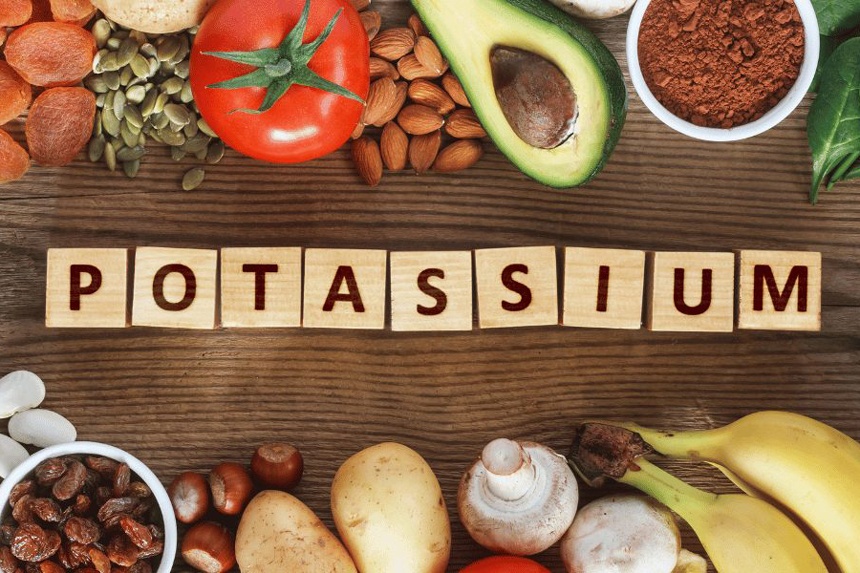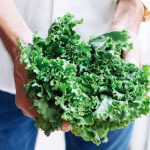
Hyperkalemia can be a life-threatening health condition. It is characterized by elevated levels of potassium in the blood above the healthy range of 3.5 to 5.0 mmol/L, poses potential risks to heart and kidney health.
This condition often manifests in individuals with chronic kidney disease (CKD), but various factors, including medications and certain medical conditions like uncontrolled diabetes, can contribute. The repercussions of hyperkalemia extend beyond numerical measurements, impacting vital bodily functions. When blood potassium levels surge, the muscles responsible for heartbeat and breathing may malfunction, leading to symptoms such as muscle weakness, digestive issues, numbness, and tingling.
Recognizing the significance of managing potassium levels, this article delves into various low-potassium foods, offering practical insights into crafting meals that align with dietary requirements without compromising flavor.
- Crab cakes
- Homemade Pan Sausage
- Stuffed Green Peppers
- Jalapeño Pepper Chicken
- Angel Hair Pasta with Peppers and Chicken
- Apple-Stuffed Pork Chops
- Blueberries
- Cranberries
- Asparagus
- Pasta [1] [2]
Crab Cakes
Indulge in kidney-friendly crab cakes, a delectable dish that not only tantalizes your taste buds but also keeps potassium levels in check. Each serving, comprising 120g of succulent crab meat, introduces a mere 194mg of potassium, making it a smart choice for those mindful of their dietary potassium intake.
The amalgamation of chopped fresh parsley, garlic, diced red pepper, green onion, and a touch of lemon juice creates a flavor without compromising health. Adding an egg binds the ingredients together, while breadcrumbs contribute a delightful texture. Black pepper adds a hint of warmth, and cooking these cakes in vegetable oil provides a crisp exterior. [3]





